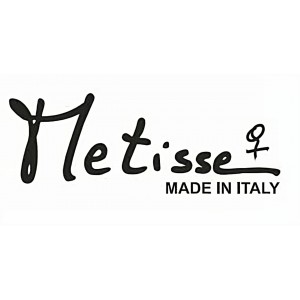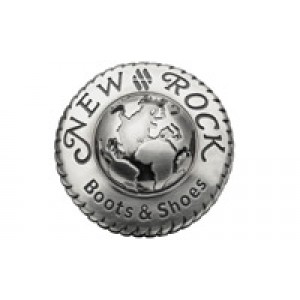The Goodyear welt process, named after its inventor Charles Goodyear Jr., is a traditional method used to manufacture boots and shoes. This process replaced the earlier completely hand-sewn method. The upper part of the shoe is shaped over the last and sewn onto the sole by using a leather, linen, or synthetic strip, known as the "welt," to attach the inner and upper sole. In addition to the welt, a thread is used to hold the material firmly together. Boots made using the Goodyear welt construction can be resoled repeatedly, giving them a lifespan of years, and sometimes even decades. Although some claims suggest added ventilation, there are no proven studies comparing the breathability of different boot construction methods.
The welt forms a cavity which is then filled with a cork material. The final part of the shoe is the sole, which is attached to the welt of the shoe by stitching along the edge of the welt and sole, and a high-strength adhesive like contact cement or hide glue. The Goodyear welt is highly regarded for several reasons, including being relatively waterproof, not allowing water to get into the insole due to the welt-sole construction, the ease with which the sole can be replaced, and the fact that the shoe can last up to 20 years or longer, depending on the treatment and condition of the upper.
However, due to the nature of this shoe construction, Goodyear welted boots and shoes take much longer to manufacture than cheaper alternatives. Factories commonly hire highly skilled operators to create footwear that is comfortable and durable.
Many highly reputable brands in the shoe industry use the Goodyear welted construction method, including Alden, Alfred Sargent, Allen Edmonds, Barker, Boulet Boots, Brooks Brothers, Caterpillar (CAT), Circle G, Cheaney, Chippewa, Church, Corral, Crockett & Jones, Dr Martens, Florsheim, George Cleverley (RTW), Grenson Ltd, Grinders, Loake Shoes, Mayura, Oliver Grey, Oliver Sweeney, Red Wing Boots, RM Williams, Sancho, Stars & Stripes, Timberland, and Wolverine.











-300x300.png)





-300x300.png)
















-1130x300h.png)























